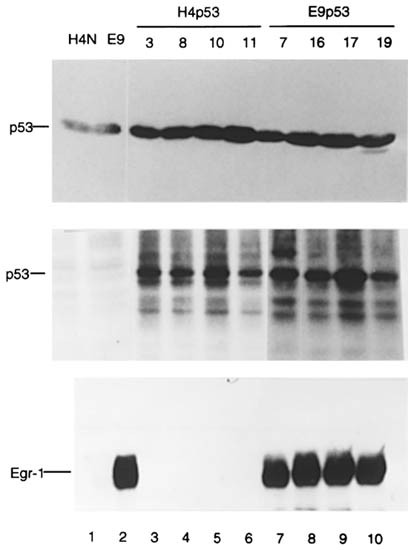
- Select a language for the TTS:
- UK English Female
- UK English Male
- US English Female
- US English Male
- Australian Female
- Australian Male
- Language selected: (auto detect) - EN
Play all audios:
Everything changes with a sudden rumble. A 6.5-magnitude earthquake shakes the area, causing devastating effects across western Tennessee. In its wake, catastrophic damage occurs to people
and infrastructure in several states. Before the dust begins to settle, the Nashville Federal Coordinating Center (FCC) is activated. “The scenario for this exercise is based on a major
earthquake along the Madrid Fault Line, near Memphis,” said Keith Stafford, Supervisory Emergency Manager for Office of Emergency Management at VA Tennessee Valley Healthcare System (TVHS).
“Due to the expected damage to infrastructure, simulated patients will be flown from the Memphis area to Nashville and to other areas across the country assigned by the National Disaster
Medical System.” Within 24 to 48 hours of the incident, the FCC was prepared to start receiving patients. A combined team of county, state, and federal agencies—including medical, fire,
aviation, and other personnel—worked together to expedite the safe reception and transition of patients. In this scenario, 35 simulated patients were flown from Memphis to Berry Field by
military aircraft, where they were unloaded by the Emergency Medical Response Team (EMRT) from TVHS. “To [prepare for] the National Disaster Medical System mission, the EMRT team completes
about 25 hours of academic education through the Federal Emergency Management Agency, as well as local training at the facility. Some of the training includes community emergency response
team, first aid, CPR, triage, patient movement, and aircraft [operations],” said Stafford. The EMRT team members provided care and support as they safely removed litters from the racks of
the mock military aircraft and loaded them onto litter carriers. Medical professionals from the Tennessee State Emergency Medical Service were on hand to check the patients' status and
help direct them to the next stage of care. Ambulances from Nashville and emergency medical services carefully loaded the patients based on their health, ensuring that those with immediate
needs received expedited care. “We work hard throughout the year to build and maintain strong working relationships with all our community partners,” said Stafford. “In a major disaster, it
truly takes all agencies working together to be efficient and save lives.” TVHS, Veterans Health Administration Office of Emergency Management, Department of Defense, Tennessee Emergency
Management Agency, Tennessee Highland Rim Healthcare Coalition, Nashville Fire Department, Tennessee Department of Health and Human Services, Ascension, Vanderbilt, and American Red Cross
were all part of the collaborative effort during the exercise. Each organization played a significant role in safely and carefully moving patients from the simulated aircraft through the
process. In under 90 minutes, despite the potential chaos of moving ambulances and litter carriers , all simulated patients were safely transferred through the line. The strength of the
collaboration among county, state, and federal organizations is what provides care for those in need. “I felt very safe,” said Paul Hopper, a member of the Middle Tennessee Medical Reserve
Corps and a volunteer patient for the exercise. “That is probably the number one priority. From the time we walked out to the buses to simulate as patients, to getting on the [ambulances],
we were safely cared for every step of the way.” As the final horn signaled the end of the exercise, the combined force of more than 100 individuals came together to acknowledge areas for
improvement while also celebrating the accomplishments and friendships that had been established. The ability to be ready to respond when needed is not a solo act – it takes a team. “Thank
you for everyone’s hard work today,” said Aaron Grobengieser, Associate Director for Operations at TVHS. “Not only are we stronger together, but we are also stronger as a community.”




:max_bytes(150000):strip_icc():focal(639x0:641x2)/barbra-palvin-6e75aecdc0c040bfa2dd0ce265d2d72a.jpg)
